Understanding the Importance of Tones in Painting
Tones in painting are not just about the colors we see; they are the very essence that breathes life into a canvas. Imagine standing before a masterpiece, feeling an emotional pull that seems to transcend the mere pigments used. This is the power of tone! It serves as the backbone of any artwork, enabling artists to create a sense of depth, mood, and harmony. When we talk about tone, we are referring to the lightness or darkness of a color, which can dramatically influence how we perceive a piece of art. It's like a symphony where each note plays a critical role in the overall composition.
As we dive deeper into the world of tones, we uncover how they guide our eyes and emotions. Have you ever noticed how a painting can make you feel warm and inviting or cold and distant? This is all thanks to the artist's manipulation of tones. By skillfully balancing light and shadow, warm and cool hues, artists can evoke specific feelings and reactions from their audience. It's fascinating to think that a simple adjustment in tone can transform a mundane scene into something extraordinary, pulling viewers into a narrative that resonates with their own experiences.
Furthermore, the significance of tones extends beyond individual paintings; they play a crucial role in the broader context of art history and cultural interpretations. Different cultures have unique ways of understanding and using tones, which can alter the message conveyed through art. For instance, while warm tones might symbolize happiness in one culture, they could represent danger in another. This complexity adds layers of meaning to artworks, making the study of tone an essential aspect of art appreciation.
In summary, understanding tones is paramount for both artists and art lovers alike. They are the silent storytellers that shape our perceptions and emotional responses to visual art. Whether you are an aspiring artist or simply someone who enjoys visiting galleries, recognizing the importance of tones can enhance your experience and deepen your appreciation for the artistry involved. So, the next time you gaze at a painting, take a moment to consider the tones at play and how they contribute to the overall impact of the artwork.
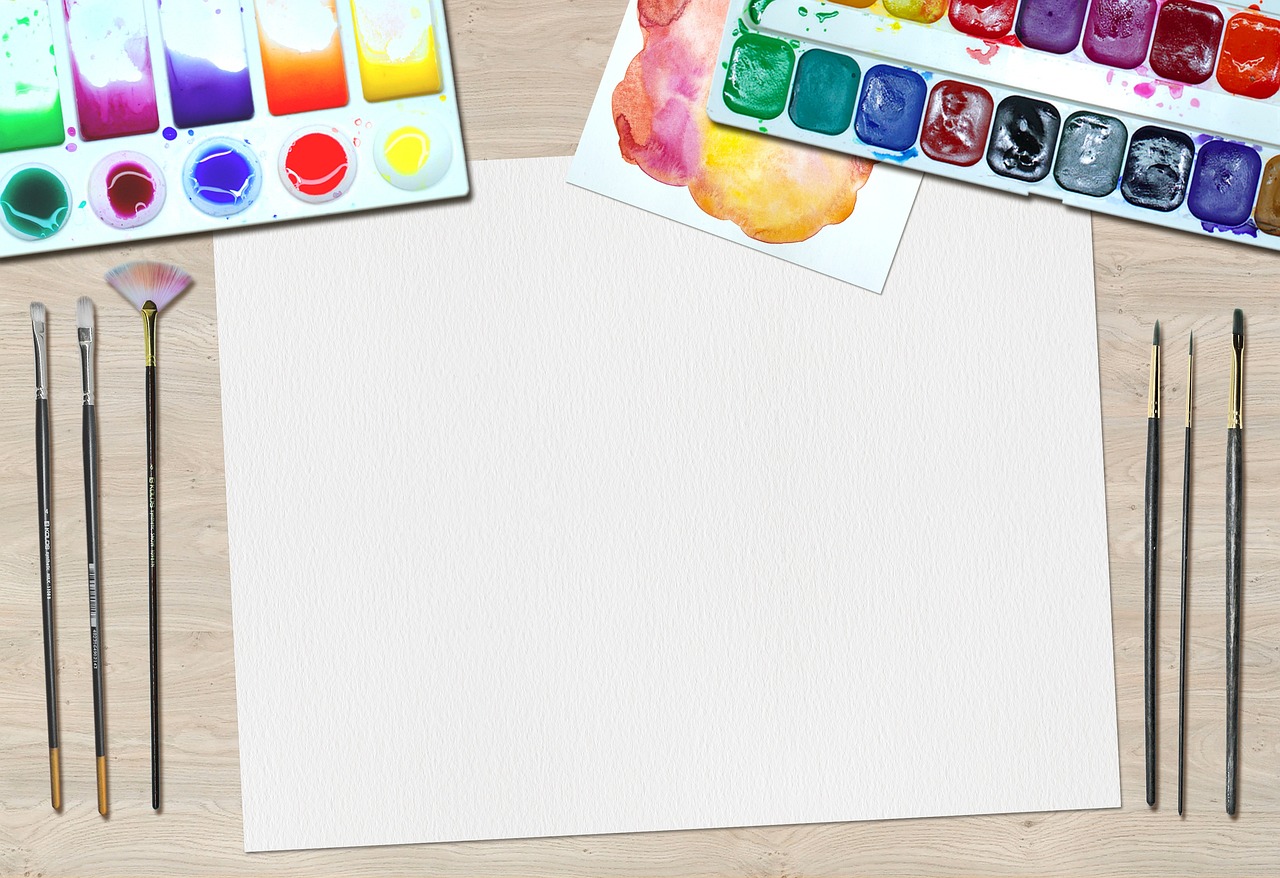
The Basics of Tone
Understanding the fundamental concept of tone is crucial for any artist. But what exactly does tone mean in the realm of art? At its core, tone refers to the lightness or darkness of a color. It’s not just about whether a color is bright or muted; it encompasses the entire spectrum of shades that can be achieved by mixing colors with varying amounts of white or black. Imagine you’re painting a serene sky at dusk. The deep indigo of the evening sky isn’t just one color; it’s a rich tapestry of tones that transition smoothly from light to dark, creating a depth that pulls the viewer in.
To break it down further, let’s consider the basic components of tone. When artists talk about tone, they often refer to two primary elements: value and saturation. Value is the lightness or darkness of a color, while saturation refers to the intensity or purity of that color. For instance, a bright red can be very saturated, but if you add a bit of gray, it becomes less vibrant, altering its tone. This manipulation of value and saturation allows artists to create contrast, which is essential for visual interest.
Furthermore, tone can be categorized into a few distinct types, which can help in understanding its impact on a painting:
- High Key: This refers to a palette dominated by light tones, often creating a cheerful or airy feel.
- Low Key: This palette is characterized by darker tones, evoking a sense of drama or melancholy.
- Neutral Tones: These are balanced tones that can help to ground a composition, providing a sense of harmony.
Artists often use a tonal scale, which is a gradient that showcases the transition from light to dark. This scale serves as a valuable tool for artists, helping them visualize how different tones can interact within their work. Consider the following example of a simple tonal scale:
| Value | Example Color |
|---|---|
| Lightest | White |
| Mid-light | Light Gray |
| Mid | Gray |
| Mid-dark | Dark Gray |
| Darkest | Black |
In summary, understanding tone is not just about recognizing light and dark; it’s about mastering the subtleties that bring a painting to life. By manipulating tone effectively, artists can guide the viewer’s eye, create mood, and evoke emotion. So, whether you’re a budding artist or an art enthusiast, grasping the basics of tone is the first step towards appreciating the full depth of visual art.
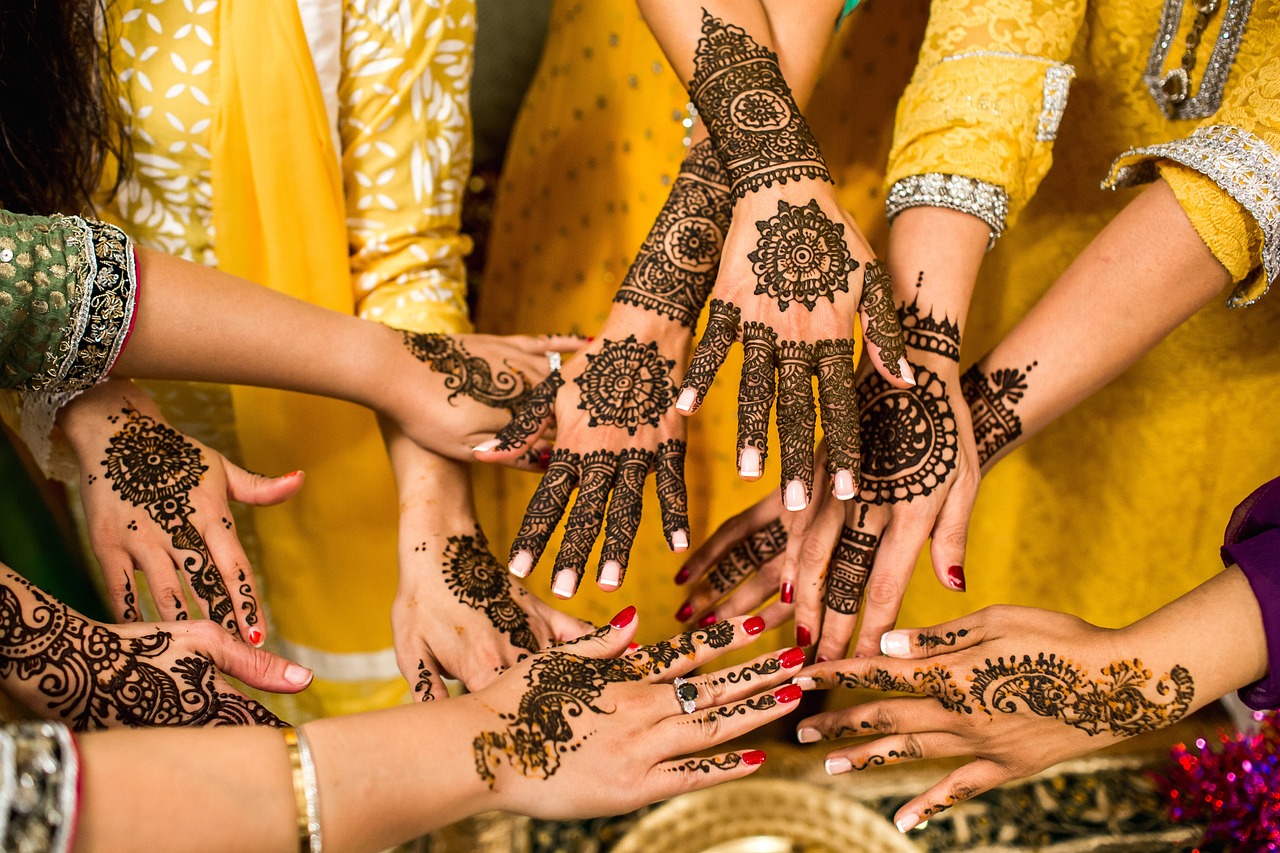
The Role of Tone in Composition
When it comes to painting, tone is not just a mere detail; it’s the backbone of composition. Imagine walking into a gallery and being instantly drawn to a piece that seems to leap off the canvas. What you’re experiencing is the artist’s masterful use of tone to create a visual journey. Tone helps to orchestrate the elements of a painting, guiding the viewer’s eye and establishing a sense of balance. Without it, a composition can feel flat and lifeless, lacking the depth that makes art truly captivating.
Artists skillfully manipulate tone to achieve a variety of effects. For instance, they can use lighter tones to create a sense of openness and airiness, while darker tones can evoke feelings of mystery or drama. This interplay of light and dark is crucial in leading the viewer's gaze through the artwork. Think of tone as a conductor in an orchestra; it directs the flow and rhythm, ensuring that each element harmonizes beautifully. When tones are well-balanced, they can create a sense of unity that resonates with the audience.
Moreover, the arrangement of tones can significantly affect the emotional response of the viewer. A painting dominated by warm tones, like reds and yellows, might evoke feelings of warmth and comfort, while cooler tones, such as blues and greens, could instill a sense of calm or melancholy. This emotional palette is not just a choice; it's a deliberate strategy that artists employ to communicate their intended message. Just as a writer chooses words carefully to convey a specific feeling, painters select tones to evoke a desired emotional response.
To illustrate this point, consider the following table that outlines how different tones can influence composition and viewer perception:
| Type of Tone | Emotional Impact | Common Uses in Art |
|---|---|---|
| Light Tones | Joy, Openness | Sky scenes, Pastoral landscapes |
| Dark Tones | Mystery, Drama | Night scenes, Portraits with deep shadows |
| Warm Tones | Energy, Passion | Sunsets, Abstract expressions |
| Cool Tones | Calm, Serenity | Seascapes, Winter scenes |
In summary, the role of tone in composition is multifaceted and essential. It not only guides the viewer’s eye but also shapes their emotional experience. Artists who master the use of tone can create compositions that are not only visually appealing but also rich in meaning. So, the next time you find yourself admiring a piece of art, take a moment to consider the tones at play and how they contribute to the overall composition. You might just discover a new layer of appreciation for the artist's craft!
- What is tone in painting? Tone refers to the lightness or darkness of a color, playing a crucial role in creating depth and mood in artwork.
- How does tone affect composition? Tone guides the viewer's eye, creates balance, and influences emotional responses, making it vital for effective composition.
- Can tone be manipulated? Yes, artists use various techniques such as layering and blending to manipulate tone and achieve desired effects.
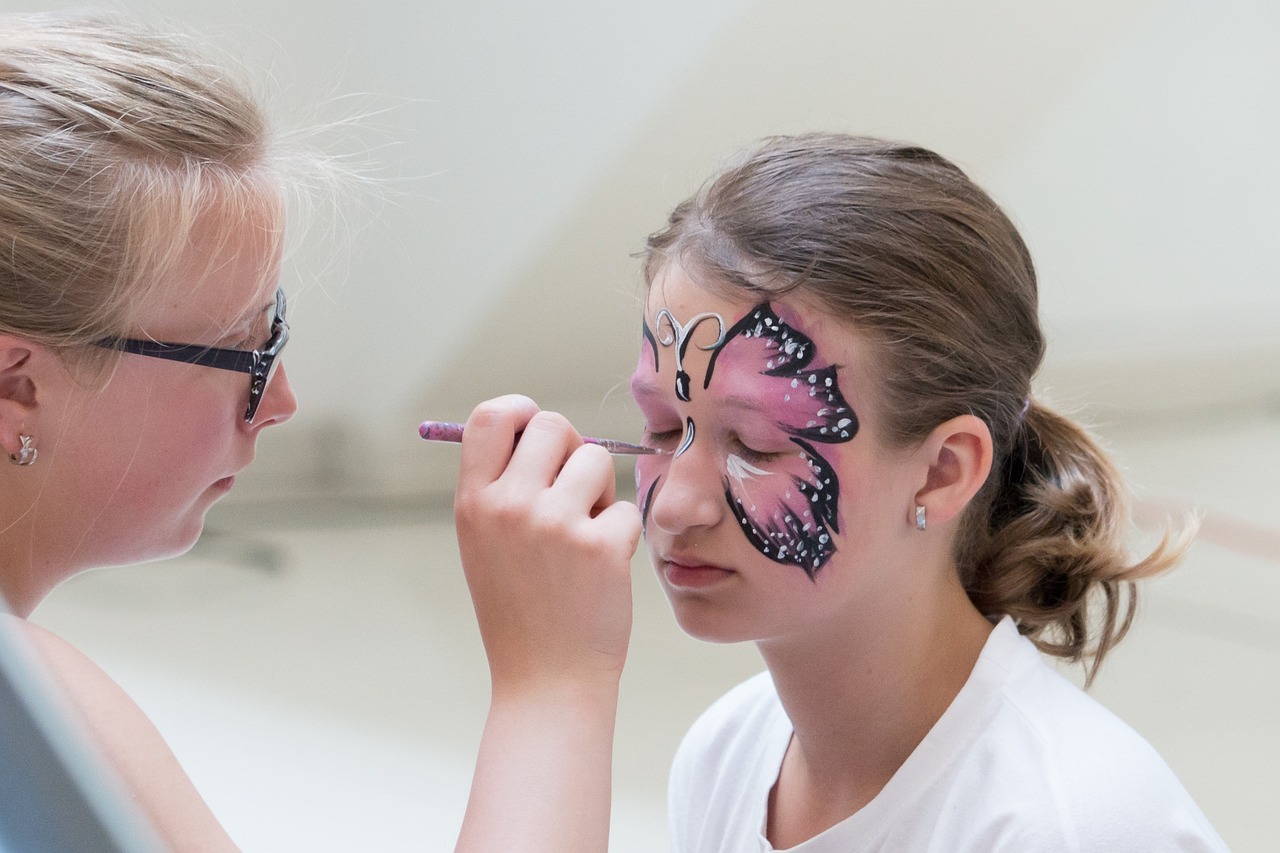
When you think about painting, what often comes to mind are the vibrant colors or intricate details. However, one of the most powerful tools an artist wields is the interplay of contrast and tone. Imagine standing in front of a painting where the light dances off the canvas, pulling your eyes from one element to another. That magnetic pull is largely due to how the artist has balanced contrasting tones. But what exactly does this mean?
At its core, contrast refers to the difference between two elements, and in the realm of tone, it’s all about the lightness and darkness of colors. Think of it as a conversation between light and shadow. When an artist uses contrasting tones effectively, they create a visual rhythm that guides the viewer's gaze and enhances the emotional depth of the artwork. For example, a bright yellow flower set against a deep blue background doesn’t just look pretty; it creates a dynamic tension that can evoke feelings of joy or tranquility, depending on the viewer's interpretation.
Consider the classic works of artists like Caravaggio, who mastered the technique of chiaroscuro, which is the dramatic use of light and shadow. His paintings often feature stark contrasts that create a sense of three-dimensionality, making the subjects leap off the canvas. This technique can be likened to a well-composed piece of music where the crescendos and decrescendos drive the emotional narrative. Just as a sudden shift in volume can surprise an audience, a sudden shift in tone can evoke a profound emotional response from the viewer.
Moreover, contrasting tones can also serve to highlight specific areas of a painting, drawing attention to the focal points. For instance, in a landscape painting, an artist might use a dark foreground to make the lighter sky pop. This not only creates depth but also tells a story. The viewer might feel a sense of calm gazing at the bright sky, while the dark foreground could evoke feelings of mystery or even foreboding. This duality keeps the viewer engaged and invites them to explore the layers of meaning within the artwork.
To illustrate this further, let’s break down some key effects of contrast in tone:
- Emotional Impact: High contrast can evoke strong emotions, while low contrast can create a sense of calm.
- Focal Points: Artists can manipulate contrast to draw attention to important elements within their work.
- Depth and Dimension: Effective use of contrast can create an illusion of depth, making two-dimensional works feel three-dimensional.
In conclusion, the relationship between contrast and tone is not just a technical aspect of painting; it’s a fundamental element that shapes the viewer's experience. By understanding and applying these principles, artists can create works that resonate on a deeper emotional level, transforming a simple canvas into a profound narrative. So, next time you admire a painting, take a moment to appreciate the dance of light and dark, and how it tells a story that words often cannot convey.
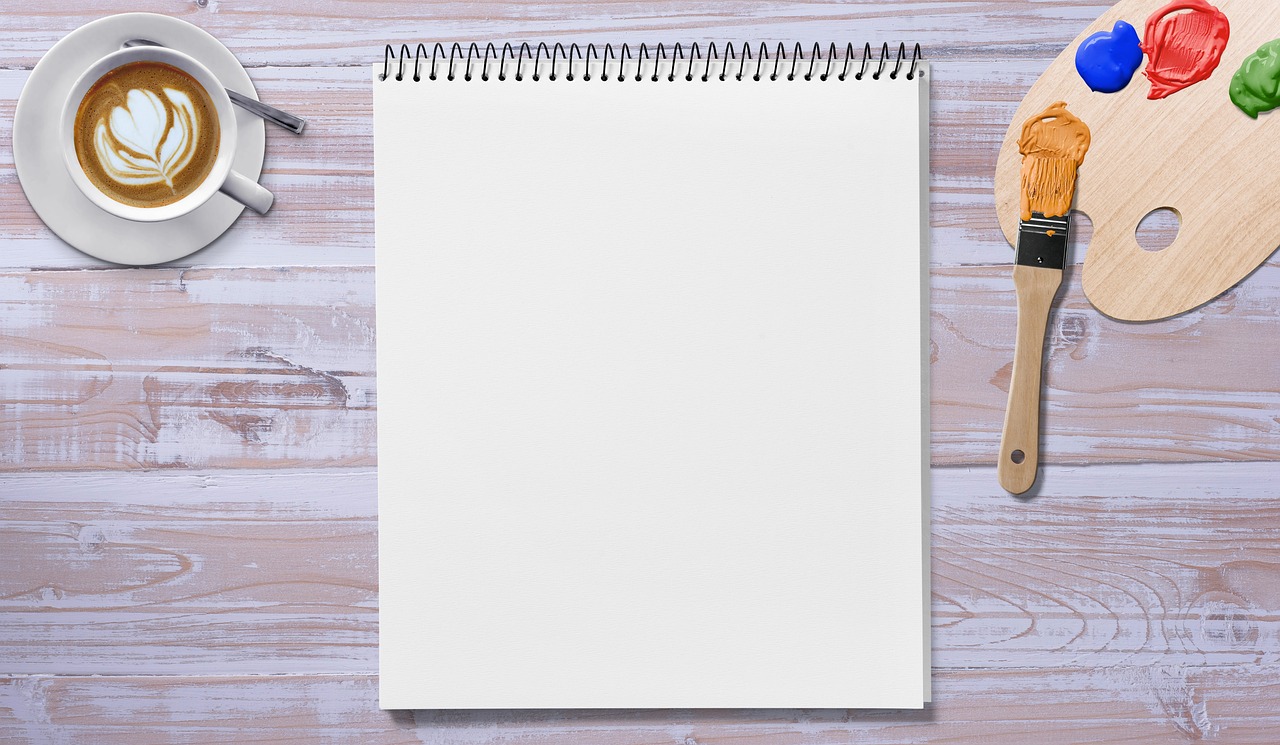
Light and Shadow
When it comes to painting, are not just mere elements; they are the lifeblood of a piece. They breathe life into the canvas, creating a sense of three-dimensionality that can make a painting leap out at you. Think of light as the artist's paintbrush, illuminating certain areas and casting others into darkness, thus guiding the viewer's eye across the artwork. Without the dynamic interplay of light and shadow, a painting can feel flat and lifeless, devoid of the emotional depth that truly captivates an audience.
Artists often manipulate light and shadow to create a variety of effects. For instance, they can use strong contrasts to evoke drama or soft gradients to convey tranquility. This manipulation is akin to a musical composition, where the highs and lows create a rhythm that resonates with the listener. In painting, the lightest lights and the darkest darks work together to form a visual melody that can evoke a range of emotions—from joy to melancholy.
To illustrate the importance of light and shadow, let’s consider a few key techniques that artists employ:
- Chiaroscuro: This technique involves the use of strong contrasts between light and dark to create a sense of volume in modeling three-dimensional objects and figures.
- Sfumato: A method that employs subtle gradations of light and shadow to create a hazy effect, blurring edges and softening transitions.
- Tenebrism: An extreme form of chiaroscuro that uses large areas of dark to enhance the dramatic effect of the lighted areas.
Understanding how to effectively use light and shadow can transform a simple painting into a powerful narrative. For example, consider a landscape painting at sunset. The warm tones of the setting sun create long shadows that stretch dramatically across the ground. This not only adds depth but also evokes a sense of time passing, a fleeting moment captured in paint. The shadows can suggest mystery or foreboding, while the light can symbolize hope or tranquility.
Moreover, light and shadow can be used strategically to draw attention to focal points within a painting. By highlighting certain areas with bright light while allowing others to fade into shadow, artists can create a visual hierarchy that guides the viewer’s gaze. This technique is often seen in portraiture, where the subject is illuminated to stand out against a darker background, making them the undeniable center of attention.
In conclusion, the mastery of light and shadow is essential for any artist aiming to convey emotion and depth. It is through these elements that a painting transcends mere representation and becomes a storytelling medium. Whether it’s the subtle play of light on a still life or the dramatic shadows in a historical scene, the effective use of light and shadow can turn a simple canvas into a profound experience for the viewer.
Q: Why is light and shadow important in painting?
A: Light and shadow are crucial as they add depth, dimension, and emotional resonance to a painting, helping to create a more immersive experience for the viewer.
Q: What are some common techniques for creating light and shadow?
A: Techniques such as chiaroscuro, sfumato, and tenebrism are commonly used to manipulate light and shadow in art, each creating different effects and emotional responses.
Q: How does light affect the mood of a painting?
A: Light can evoke various emotions; bright light often suggests happiness and clarity, while shadows can imply mystery or sadness, influencing the viewer's perception significantly.
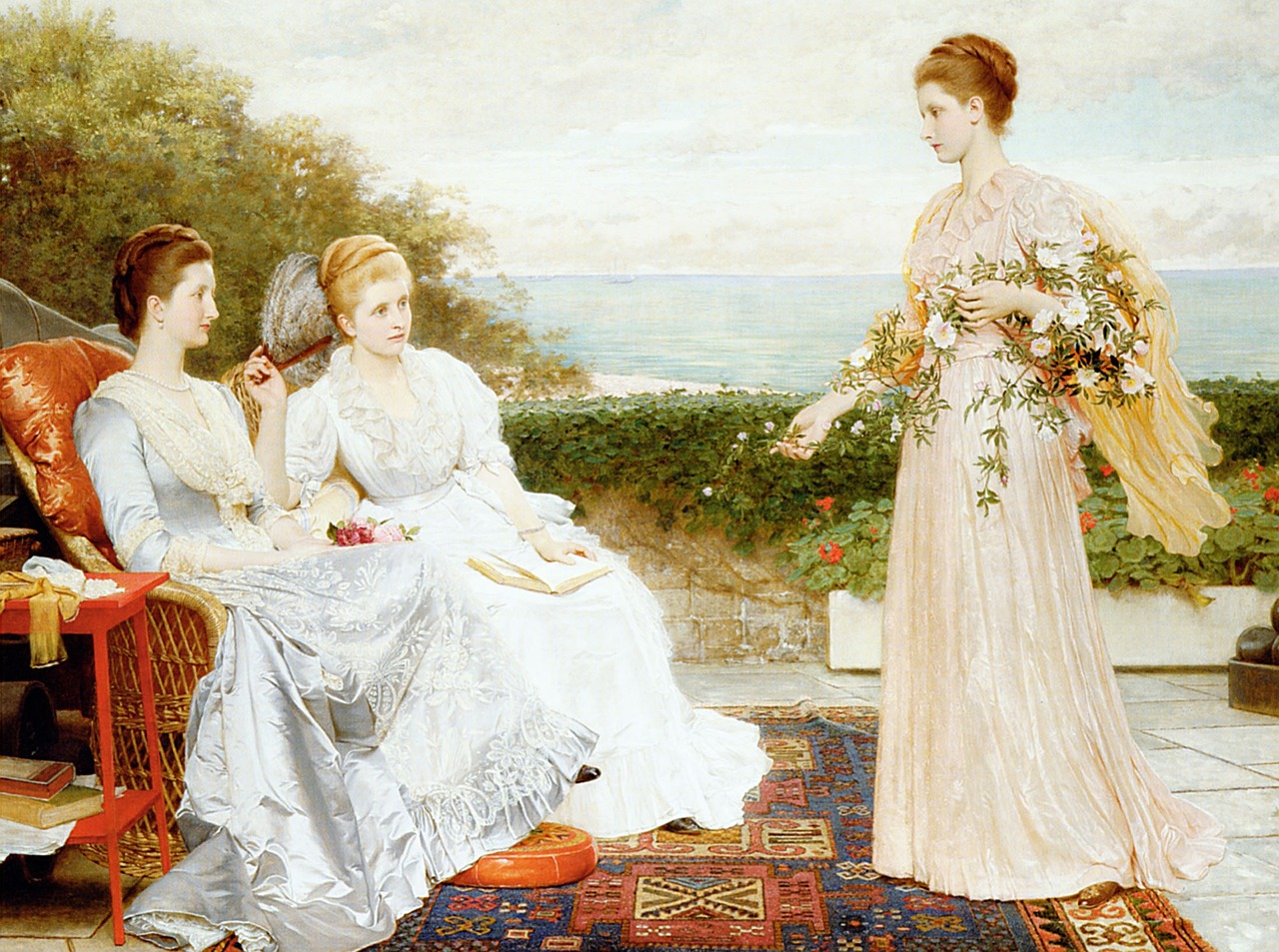
Warm vs. Cool Tones
When it comes to painting, the choice between warm and cool tones is more than just a matter of preference; it's a powerful tool that artists wield to evoke specific emotions and atmospheres. Imagine walking into a room painted in soft, warm hues like reds, oranges, and yellows. You instantly feel a sense of warmth and comfort, perhaps reminiscent of a cozy sunset or a bustling café. On the other hand, a space adorned with cool tones—think blues, greens, and purples—can transport you to a serene lake or a tranquil forest, evoking feelings of calmness and introspection. This dichotomy isn’t just about color; it’s about the emotional language these tones speak to us.
Warm tones are often associated with energy, passion, and vibrancy. They can evoke feelings of happiness and excitement, making them perfect for artworks that aim to uplift or energize the viewer. For instance, artists might use warm tones to depict a lively market scene or a joyful family gathering, drawing the viewer into the moment with an inviting embrace. Conversely, cool tones tend to have a more subdued, calming effect. They can create a sense of distance or melancholy, making them ideal for landscapes that aim to evoke reflection or solitude. Think of a painting of a misty morning where the cool blues and greens draw you into a world of quiet contemplation.
Artists often use these tones not just in isolation but in combination to create depth and contrast. The interplay between warm and cool tones can lead to a dynamic visual experience. For example, a sunset painting might feature vibrant oranges and reds in the sky, contrasted against the cool blues of the water below. This contrast not only enhances the visual appeal but also emphasizes the emotional narrative of the scene. The balance between these tones can guide the viewer's eye and influence their emotional response to the artwork.
To illustrate this further, consider the following table that outlines some common associations with warm and cool tones:
| Tone Type | Common Colors | Emotional Associations |
|---|---|---|
| Warm Tones | Reds, Oranges, Yellows | Energy, Passion, Warmth |
| Cool Tones | Blues, Greens, Purples | Calmness, Serenity, Distance |
In summary, the choice between warm and cool tones is a crucial decision for any artist aiming to convey a specific mood or atmosphere. Understanding how these tones interact and affect the viewer can elevate an artwork from mere representation to an emotional experience. As you explore your own artistic journey, consider how the warmth of a color can bring your composition to life, while the coolness can provide a moment of reflection. Ultimately, the beauty of painting lies in its ability to communicate feelings that words often fail to express.
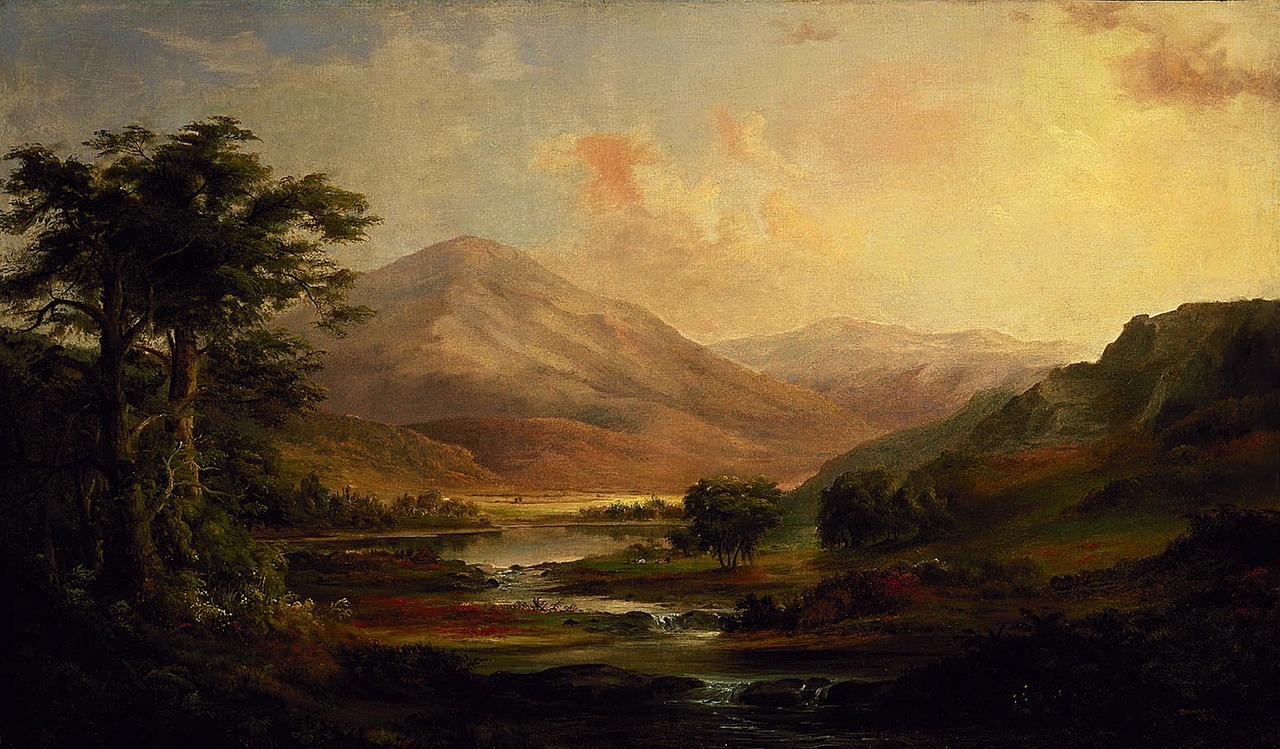
Techniques for Creating Tone
When it comes to painting, creating tone is like adding flavor to a dish; it enhances the overall experience and brings depth to the visual narrative. Artists have a plethora of techniques at their disposal to achieve the perfect tone, each with its unique charm and impact. One of the most common methods is glazing. This technique involves applying thin, transparent layers of paint over dry layers. Imagine a stained glass window; the light that filters through creates a rich, luminous effect. Glazing can produce a sense of depth and vibrancy that solid colors simply can't match.
Another popular technique is layering. This approach is akin to building a sandwich; each layer contributes to the final taste. By applying multiple layers of color, artists can achieve a more complex tonal range, allowing for subtle gradations and transitions. Layering can be particularly effective in creating skin tones, where the interplay of warm and cool colors can bring a portrait to life.
Blending is yet another essential technique. This is where the magic happens—mixing colors directly on the canvas to create smooth transitions between tones. Think of it as a dance between colors, where they gracefully flow into one another, creating a harmonious visual experience. Blending can be done with brushes, fingers, or even sponges, depending on the desired effect. It’s crucial for creating soft edges and realistic shadows, making the subjects appear more three-dimensional.
Moreover, artists can utilize scumbling, a technique that involves applying a thin, opaque layer of paint over a dry layer. This method allows the underlying colors to peek through, creating a textured and dynamic surface. It’s like adding a sprinkle of seasoning on top of a dish; it enhances the flavor without overpowering it. Scumbling is particularly useful for landscapes, where it can simulate the effect of light filtering through clouds or the texture of foliage.
Lastly, dry brushing is a technique that involves using a dry brush to apply paint, resulting in a scratchy, textured effect. This method can be used to create highlights or to add a sense of roughness to surfaces. Imagine painting the bark of a tree; dry brushing can capture the rugged texture beautifully, giving the viewer a tactile sense through visual representation.
In summary, the techniques for creating tone are diverse and versatile, each offering unique ways to manipulate light and color. Whether you prefer glazing, layering, blending, scumbling, or dry brushing, mastering these techniques can elevate your artwork to new heights. The interplay of these methods allows artists to express emotions and narratives in a way that resonates deeply with viewers, making the art not just seen but felt.
- What is the difference between tone and color? Tone refers to the lightness or darkness of a color, while color itself is the hue, such as red or blue. Tone adds depth and dimension to the color.
- Can I create tone without using color? Yes! You can create tone using shades of gray or monochromatic colors to achieve depth and contrast.
- How do I choose the right technique for creating tone? It depends on the effect you want to achieve. Experimenting with different techniques can help you discover which ones resonate with your style.
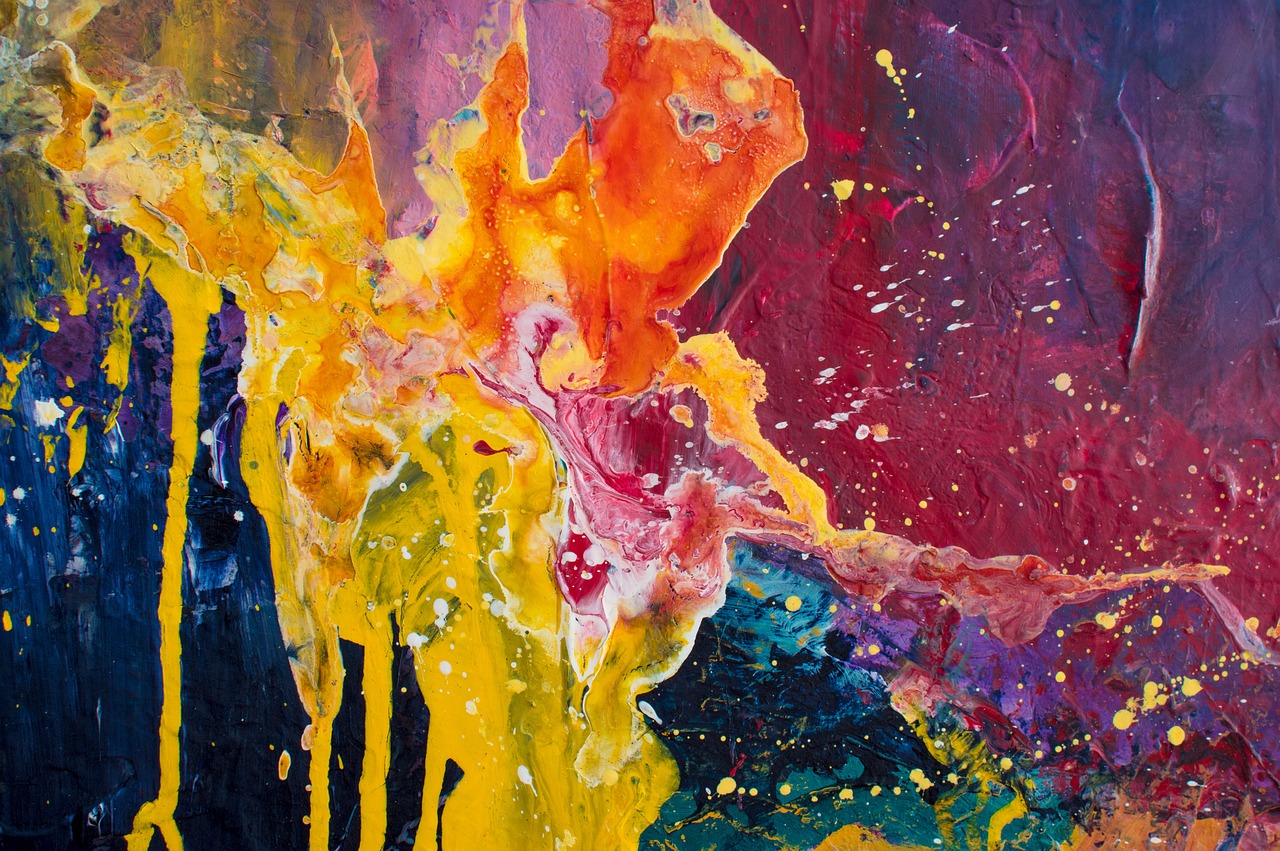
The Psychological Impact of Tone
The psychological impact of tone in painting is a fascinating subject that delves into how colors and shades can evoke emotions and influence the viewer's experience. Just like a musician uses different notes to create feelings, artists manipulate tones to set the mood of their work. Imagine walking into a gallery where a bright, vibrant painting fills the room with energy, while a darker, muted piece pulls you into a somber reflection. This variation in tone not only captures attention but also shapes how we feel about the artwork.
When we talk about tone, we’re not just referring to the lightness or darkness of a color; we’re also exploring how these variations can create a psychological dialogue with the viewer. For example, warm tones like reds and yellows often evoke feelings of warmth, happiness, and excitement, while cool tones such as blues and greens can instill calmness, tranquility, or even sadness. This emotional response can vary significantly among different viewers, influenced by personal experiences and cultural backgrounds.
Research has shown that certain tones can trigger specific emotional responses. For instance, a study conducted by art psychologists revealed that paintings dominated by warm tones tend to be perceived as more inviting and energetic, while those with cooler tones are often associated with introspection and serenity. This is why artists must carefully consider their choices of tones, as they can alter the narrative and emotional depth of a piece. Here’s a quick breakdown of how different tones can impact perception:
| Tone Type | Emotional Response |
|---|---|
| Warm Tones | Excitement, Energy, Warmth |
| Cool Tones | Calmness, Sadness, Introspection |
| Neutral Tones | Balance, Stability, Indifference |
Moreover, the psychological impact of tone extends beyond individual pieces to influence entire movements in art history. For instance, the Impressionists used light and tone to capture fleeting moments, emphasizing the emotional quality of light rather than the subject itself. This approach not only transformed the aesthetics of painting but also changed how viewers emotionally connected with art.
As we explore the psychological effects of tone, it’s essential to consider the context in which a painting is viewed. A piece displayed in a dimly lit room may evoke different feelings compared to the same artwork in bright lighting. This interplay between the environment and tone can enhance or dilute the intended emotional impact. Therefore, artists and curators alike must be mindful of how tone interacts with light and space to create a cohesive emotional experience.
In conclusion, the psychological impact of tone in painting is profound and multifaceted. By understanding the emotional responses elicited by different tones, artists can create works that resonate deeply with their audience. Whether it’s the vibrant warmth of a sunset or the cool calm of a serene landscape, tone plays a crucial role in shaping our perceptions and feelings about art.
- How do artists choose the right tones for their paintings? Artists often consider the emotion they want to convey and the context of the subject matter. Experimentation and understanding of color theory also play significant roles.
- Can tones change the way we perceive a painting over time? Absolutely! Our personal experiences and cultural backgrounds can shift our emotional responses to tones, making the same painting feel different as we evolve.
- Are there universal emotional responses to certain tones? While there are common associations, emotional responses to tones can vary widely among individuals and cultures.

Cultural Interpretations of Tone
The interpretation of tone in painting varies widely across different cultures, and understanding these nuances can enrich one’s appreciation of art. For instance, in Western art, warm tones like reds and yellows are often associated with passion, energy, and warmth, while cool tones such as blues and greens tend to evoke calmness and tranquility. This dichotomy is not merely a matter of color choice; it reflects deeper cultural values and emotional responses that have evolved over centuries.
In contrast, in many Eastern cultures, the use of tone can convey a completely different set of meanings. For example, in traditional Chinese painting, tones are often used to express harmony and balance, with a strong emphasis on the relationship between nature and humanity. Here, subtle gradations of tone can symbolize the flow of energy (or Qi) through a scene, inviting viewers to connect with the natural world on a deeper level.
Furthermore, the cultural context can influence how specific tones are perceived. In some African cultures, vibrant colors and bold tones are used to represent vitality and communal spirit. These bright hues are not just decorative; they hold significant meanings tied to cultural rituals and community identity. This shows that while a tone might be perceived as cheerful in one culture, it could carry a completely different connotation in another.
To illustrate these differences, let’s look at a table summarizing how different cultures interpret various tones:
| Cultural Context | Warm Tones Interpretation | Cool Tones Interpretation |
|---|---|---|
| Western Art | Passion, warmth, energy | Calmness, tranquility |
| Eastern Art (e.g., Chinese) | Harmony, balance | Flow of energy, connection to nature |
| African Art | Vitality, communal spirit | Varied, often contextual |
As we can see, the cultural background of an artist plays a crucial role in the selection and application of tone. It shapes not only the aesthetic choices but also the emotional and narrative depth of the artwork. This interplay between culture and tone invites us to look beyond the surface and appreciate the rich tapestry of meanings embedded in every brushstroke.
Moreover, the globalization of art has resulted in a fascinating blend of tonal interpretations. Artists today often draw from multiple cultural influences, creating works that resonate on various levels. This fusion can lead to innovative uses of tone that challenge traditional boundaries and encourage viewers to engage with art in new and unexpected ways.
In conclusion, understanding the cultural interpretations of tone is not just about recognizing differences; it’s about appreciating the stories and emotions that these tones convey. Whether it’s the fiery reds of a Western sunset or the serene blues of an Eastern landscape, each tone tells a story that reflects the heart and soul of its culture.
- What is tone in painting? Tone refers to the lightness or darkness of a color, which can influence the mood and depth of a painting.
- How do cultural interpretations affect the use of tone? Different cultures assign various meanings to tones, affecting how they are used in art to convey emotions and narratives.
- Can tone influence the viewer's perception of art? Absolutely! Tone can evoke specific feelings and responses from viewers, significantly impacting their overall experience of the artwork.
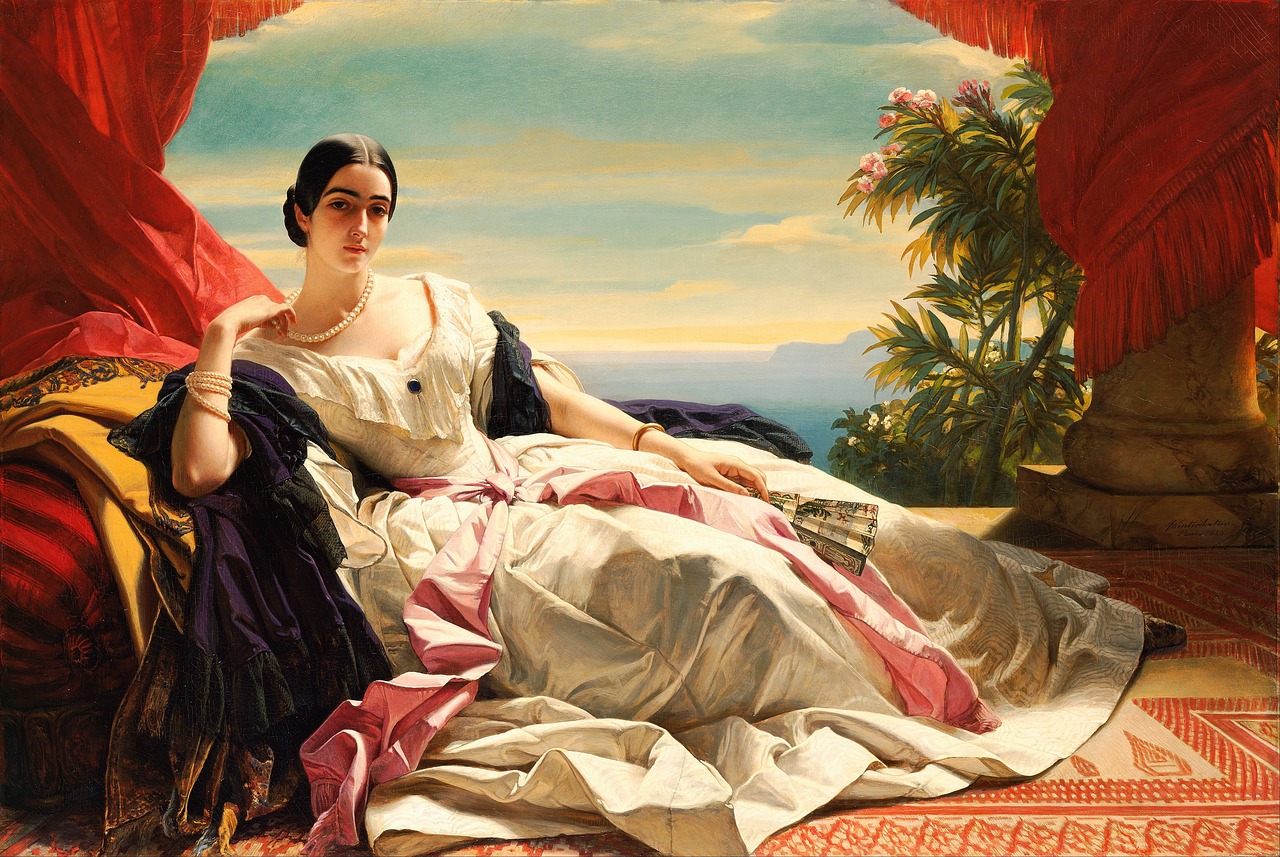
The Evolution of Tone in Art History
The evolution of tone in art history is a fascinating journey that mirrors the changes in society, technology, and artistic philosophies. From the early days of cave paintings to the sophisticated techniques of modern art, tone has played a crucial role in how artists communicate their ideas and emotions. In ancient times, artists primarily used natural pigments derived from minerals and plants, which limited their ability to manipulate tones. However, as time progressed, the understanding and application of tone became more refined, allowing for greater expression and depth in artworks.
During the Renaissance, artists like Leonardo da Vinci and Michelangelo revolutionized the use of tone through their mastery of light and shadow, known as chiaroscuro. This technique added a dramatic flair to their compositions, creating a sense of three-dimensionality that had never been seen before. The careful balance of light and dark tones not only enhanced realism but also guided the viewer's eye to focal points within the artwork. This period marked a significant turning point, as artists began to understand how tone could evoke emotions and tell stories.
As we moved into the Baroque period, tone continued to evolve with artists like Caravaggio employing stark contrasts to create tension and drama in their works. The use of deep shadows and bright highlights became a hallmark of this era, effectively engaging the viewer and drawing them into the narrative of the painting. The emotional intensity conveyed through tone was a powerful tool that artists wielded to connect with their audience on a deeper level.
The Impressionists later took a different approach, focusing on capturing the fleeting effects of light and atmosphere. Artists such as Claude Monet and Edgar Degas experimented with color and tone to convey movement and emotion. They broke away from traditional methods, using lighter tones and vibrant colors to depict everyday scenes, often painting en plein air to capture the natural light. This shift not only changed the perception of tone but also paved the way for modern art movements.
In the 20th century, the exploration of tone took on new dimensions with movements like Abstract Expressionism. Artists like Jackson Pollock and Mark Rothko used tone not just to represent reality but to express inner feelings and thoughts. The emotional resonance of color and tone became paramount, with artists understanding that the way they used tone could elicit specific responses from viewers. This era showcased the idea that tone could be a language of its own, capable of conveying complex emotions without the need for representational forms.
Today, the use of tone continues to evolve with advancements in technology and new artistic mediums. Digital artists can manipulate tones with unprecedented precision, creating works that challenge our understanding of traditional painting. The exploration of tone remains an essential aspect of artistic expression, allowing artists to communicate their unique perspectives and connect with audiences in profound ways.
In summary, the evolution of tone in art history reflects a continuous dialogue between artists and their cultural contexts. From the early techniques of ancient civilizations to the innovative practices of contemporary artists, tone has always been a vital element in the creation of meaningful art. As we look to the future, it will be exciting to see how artists continue to push the boundaries of tone and its expressive potential.
- What is tone in painting? - Tone refers to the lightness or darkness of a color, which helps to create depth and dimension in artwork.
- How does tone affect the mood of a painting? - Different tones can evoke various emotions; for example, warm tones often feel inviting, while cool tones can create a sense of calm or sadness.
- What techniques can artists use to create tone? - Artists can use methods such as glazing, layering, and blending to achieve desired tonal effects.
- Why is understanding tone important for artists? - A solid grasp of tone allows artists to create more compelling compositions and convey their intended emotions effectively.
Frequently Asked Questions
- What is the definition of tone in painting?
Tone in painting refers to the lightness or darkness of a color. It's a fundamental aspect that helps to create depth and dimension in artwork. Understanding tone is crucial for artists as it influences how viewers perceive the overall composition and mood of a piece.
- How does tone affect the composition of a painting?
Tone plays a vital role in guiding the viewer's eye through a painting. By using varying tones, artists can create a balanced composition that directs attention to focal points and enhances the overall harmony of the artwork.
- What is the relationship between contrast and tone?
Contrast and tone work hand in hand to create emotional impact. By juxtaposing light and dark tones, artists can enhance visual interest and add depth to their narratives, making the artwork more engaging for the viewer.
- How do light and shadow contribute to tone?
Light and shadow are essential in establishing tone. Artists manipulate these elements to create a sense of three-dimensionality and realism, making their subjects appear more lifelike and dynamic.
- What are warm and cool tones, and how do they affect emotions?
Warm tones, like reds and yellows, often evoke feelings of warmth and comfort, while cool tones, such as blues and greens, can create a sense of calm or distance. Artists choose between these tones to evoke specific feelings and atmospheres in their work.
- What techniques can be used to create tone in painting?
Artists can employ various techniques to create tone, such as glazing, layering, and blending. Each method allows for different tonal effects, helping to achieve the desired mood and depth in the artwork.
- How does tone influence the psychological impact of a painting?
Tone can significantly affect the emotional response of viewers. Different tones can evoke various moods, shaping how the audience perceives and connects with the artwork on a deeper level.
- Do different cultures interpret tone differently in art?
Yes, cultural backgrounds can greatly influence the interpretation and use of tone in painting. Different cultures may have unique associations with certain tones, affecting how artworks are created and understood across the globe.
- How has the use of tone evolved throughout art history?
The evolution of tone in art history reflects changes in artistic movements and techniques. Key artists and movements have influenced how tone is applied, shaping its significance and role in the development of visual art over time.



















